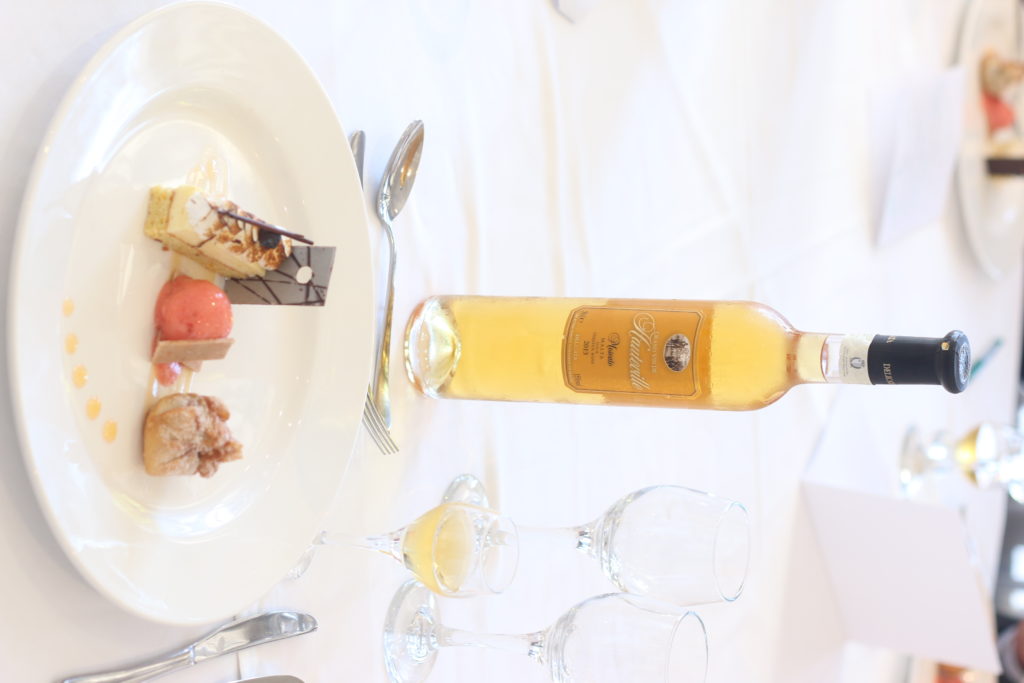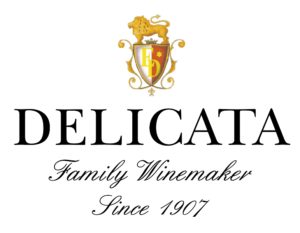Strong Sweet Temptations
If you’re still sitting on the fence unsure whether or not to try sweet wines, why not give in – there are far worse guilty pleasures in life. When crafted skilfully, they’re one of the stickiest, moreish drinks par excellence leaving innocents beguiled.
The strongest of all sweet temptations are the liqueur wines, which is the official umbrella term in the European Union for all fortified wines or wines with added alcoholic strength. Like no other they’re capable of bringing cheer in every face and a spring in every step.
I find the special type of liqueur wine which the French call so endearingly ‘Vins Doux Naturels’ perhaps the most voluptuous-tasting in the world, especially when made in a lively style from the Muscat variety rather than red wine grapes such as Grenache Noir for Banyuls and Maury dessert wines.
Known in wine circles as VDN, these ‘natural sweet wines’ have a long history rooted in the South of France. Muscat-based delights include Muscat de Frontignan and Muscat de Rivesaltes from the Languedoc and Roussillon region and Muscat-de-Beaumes-de-Venise from the Rhône Valley.
The French don’t own the sole right to produce this style, mind you. The Portuguese for one would be the first to stake their claim. They’d tell you that if not their Moscatel de Setúbal, then surely their strong Port sets the standard.
Regardless, I think both nations can take pride that their fortified wines are made sweet in the same time-honoured ‘mutage’ method of arresting the fermentation prematurely, unlike wines that are made from grapes affected by botrytis, harvested late or semi-dried.
Other wines produced in this style (some fresh and vibrant in character, others aged and tasting nicely madeirised) are in fact long-lived Madeira, Malaga and other sweet fortified wines including some fine bottles from Australia, but with the exception of sweetened Sherry.
I’m particularly drawn to wines made in this manner from Muscat or Moscato, as the grape is called this far south, because they seem to be fruit and wine at the same time. The glorious grapey aroma is followed by full, luscious fruit on the palate. Their vibrancy and shades of colour ranging from amber to spun-gold beauty merit labels painted by Flemish masters.
Of great class is Malta’s very own award-winning VDN made by Delicata labelled as Grand Vin de Hauteville Moscato, liqueur wine, D.O.K. Malta.

Malta’s fortified Moscato is a perfect match for chocolate-based sweets.
This sought-after Malta-grown wine is produced from the Moscato variety, or more precisely the Muscat of Alexandria grape, but only in the best vintage years. The wine has deliberately not been barrel-aged to preserve the flavours evocative of fruity grapeiness.
Poured well-chilled at 6-8 ºC in a small cordial wine glass, the 2013 vintage eyes bright and honey-coloured. The nose of this white wine is redolent of cinnamon and blood-orange rind. It tastes suavely viscous with delicate but impressive treacly sweetness and oodles of marmalade apricots refreshed by a limey lift of acidity in the finish. It’s an amazing accompaniment to desserts and, if you love strong sweet wines as much as me, a clear desert island choice.
Delicata’s praised VDN comes in a treasurable yet affordable 50 cl bottle. Available in limited quantities only and with distribution reserved to duty free shops, wine bars and restaurants, it might be somewhat difficult to attain (and therefore maybe even more coveted). But it can be yours, too. Rather than look for it, listen: fortified Maltese Moscato shouts wow!
This article by Georges Meekers appeared first in the Times of Malta, 25 November 2016.

